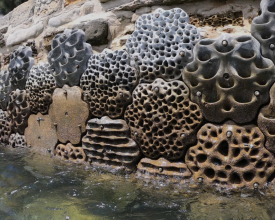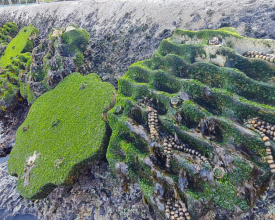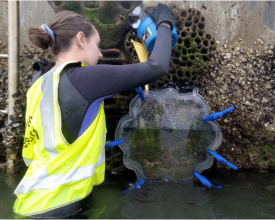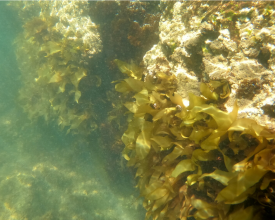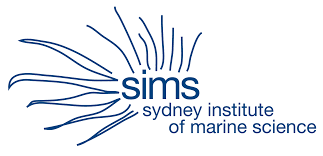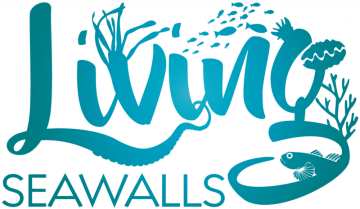
Murs de mer vivants - ramener la biodiversité dans l'infrastructure côtière
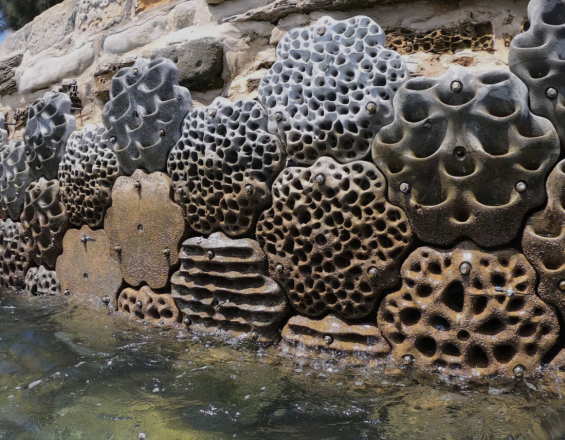
Partout dans le monde, l'urbanisation soumet les habitats marins et côtiers à une pression croissante. Les digues sont essentielles pour la protection du littoral, les activités récréatives et la production d'énergie renouvelable, mais elles n'ont souvent pas la complexité structurelle nécessaire pour abriter une riche biodiversité. Le projet Living Seawalls, fondé à Sydney, en Australie, s'appuie sur la recherche marine pour concevoir et produire des "tuiles d'habitat" modulaires qui imitent la surface vivante des plantes et des animaux marins. Ces tuiles peuvent être fixées aux infrastructures du littoral pour faciliter la colonisation d'espèces intertidales telles que les huîtres, les balanes, les algues et les moules. Ces espèces amorcent la croissance d'un écosystème en fournissant de la nourriture et un habitat aux espèces marines et en préservant la qualité de l'eau. Plus d'un millier de panneaux ont été installés dans le monde entier, apportant des avantages tangibles aux écosystèmes marins locaux.
Impacts
Le projet "Living Seawall" sensibilise à l'impact de l'expansion urbaine sur la biodiversité de nos océans. Le projet "Living Seawall" offre un exemple de solution pour remédier aux impacts environnementaux de la construction marine généralisée et au déclin rapide de la biodiversité marine.
En termes d'impact écologique, après deux ans, les tuiles d'habitat abritent déjà un tiers d'espèces de plus que les digues nues qui étaient là depuis des décennies. Les panneaux contiennent une diversité et une quantité d'espèces similaires à celles des récifs rocheux naturels situés à proximité. Plus d'une centaine d'espèces différentes d'invertébrés et d'algues ont été trouvées, et plus de trente espèces de poissons ont utilisé ces nouveaux écosystèmes. La conception modulaire permet d'adapter les panneaux à chaque type de site, et les tuiles peuvent être modifiées en fonction de l'écosystème local. Jusqu'à présent, dix panneaux de surface différents ont été conçus pour imiter diverses caractéristiques du littoral, telles qu'un récif d'huîtres, les racines d'une forêt de palétuviers et les "doigts" d'une structure d'éponges. Les panneaux sont construits spécifiquement pour fournir un habitat aux espèces indigènes.
Dans la perspective du changement climatique, les surfaces nues et sans caractéristiques, comme les digues, n'offrent qu'une faible protection contre les températures élevées. Dans les sites pilotes, les tuiles d'habitat ont permis de réduire les températures de surface de 10 degrés, ce qui prouve que le projet permet également d'adapter la vie marine au changement climatique.

